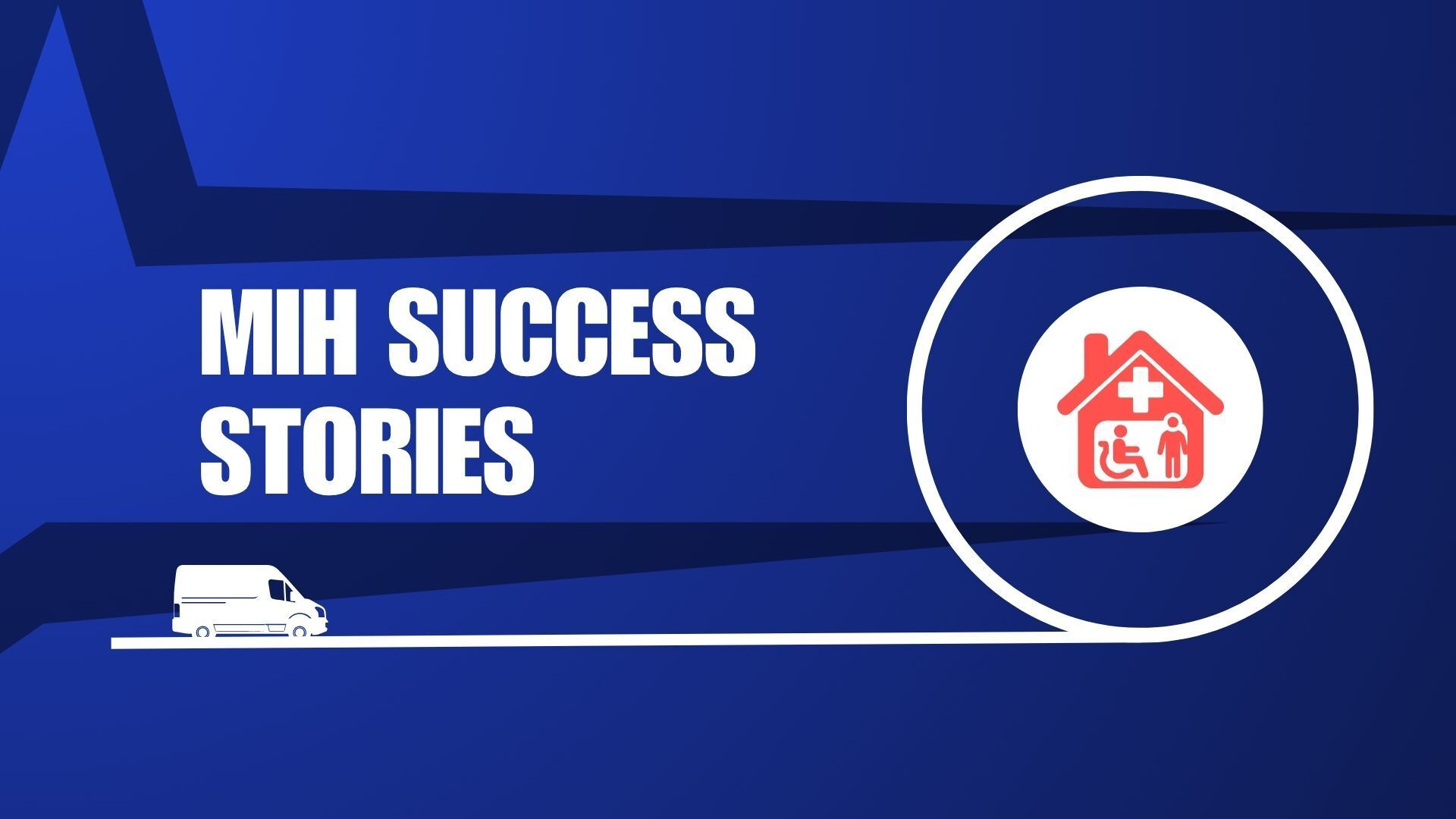- Mobile Integrated Healthcare Success Stories
- Posts
- Community Paramedicine Can Transform Emergency Medicine—But There’s a Catch
Community Paramedicine Can Transform Emergency Medicine—But There’s a Catch
The Hidden Roadblocks to MIH-CP

This week, we zoom out from individual programs to look at the bigger picture: What role should community paramedicine play in the future of emergency care? What kind of role is emergency care allowing it to play?
From rugged rural terrain to city streets, paramedics are already doing more than transport. But there’s a catch: MIH-CP programs only thrive when they’re backed by intentional support, infrastructure, and sustainable funding.
In our featured article, EMS World takes a closer look at the untapped potential of community paramedicine—and the systems that need to catch up. Don’t miss it.
There’s also a glaring hint in this week’s trivia. Let’s see if you can find it!
Trivia!

Who's logo is this? |
Paralign Health, backed by Healthworx Studio and led by EMT Aaron Molloy, has debuted a new data-driven model to proactively identify and treat high-need individuals through community paramedicine programs embedded in local fire and EMS agencies JEMS+. Early pilots show an impressive 80% drop in 911 calls, a 50% cost cut in rural areas, and a 4:1 return on investment for health plans
The article highlights how community paramedicine programs deploy specially trained paramedics and EMTs in expanded roles—providing public health, preventive care, primary healthcare, and telemedicine—to underserved and rural populations, thereby helping reduce unnecessary emergency department visits. It cites the Ute Pass Regional Health Service District in Colorado as an example, where community paramedics conduct in-field medical screenings and crisis behavioral health responses in remote areas, leading to improved access and outcomes while containing costs
 |
A travelling clinic called MobileCare is now operating across rural areas in southwestern Ontario, including Windsor‑Essex and Chatham‑Kent, to overcome barriers like no health card, no car, or lack of a regular doctor. It’s staffed by mental health professionals, a nurse practitioner, and sometimes a community paramedic, and provides free care without requiring appointments or identification—a model run by the Canadian Mental Health Association in partnership with local organizations
How Did You Like Today's Stories? |